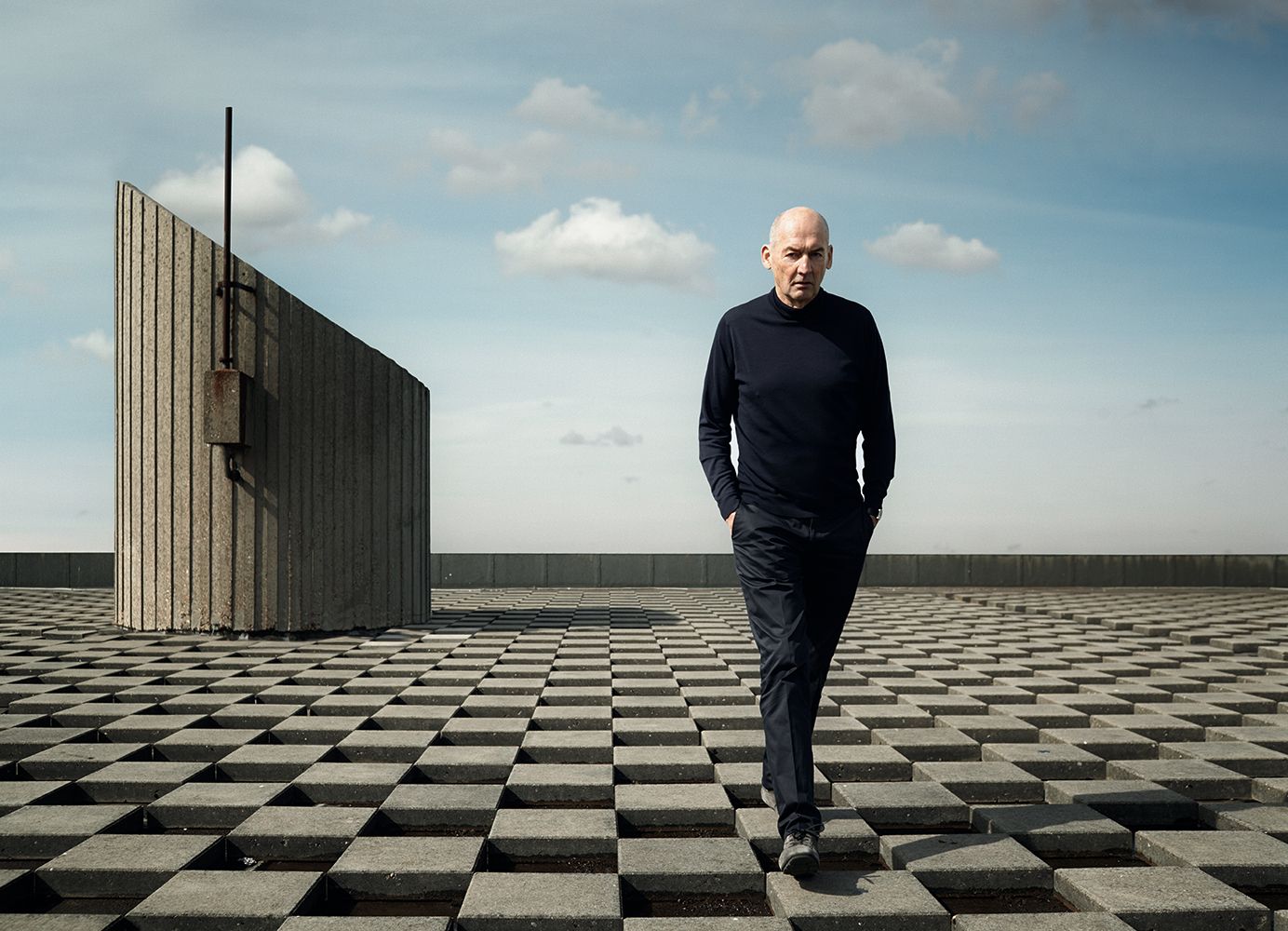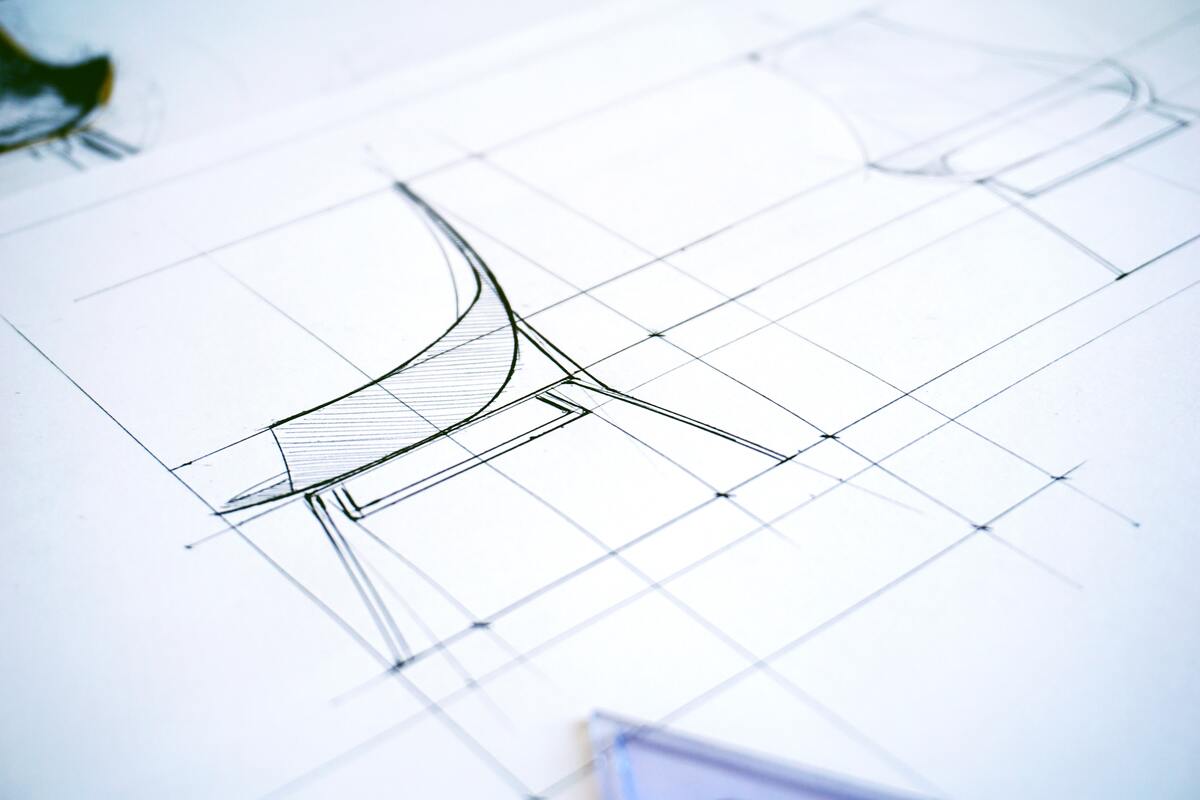Rem Koolhaas, a Dutch architect and theorist, is widely recognized as a leading figure in contemporary architecture. Known for his unconventional approach, intellectual rigor, and relentless curiosity, Koolhaas has shaped the architectural discourse and challenged traditional notions of design. This essay aims to delve into the design secrets of Rem Koolhaas, exploring his career trajectory and the underlying principles that define his unique architectural philosophy.
Career Highlights: Rem Koolhaas began his architectural journey by co-founding the Office for Metropolitan Architecture (OMA) in 1975. The firm quickly gained recognition for its innovative approach to architecture and urban planning. Over the years, Koolhaas and OMA have been involved in numerous high-profile projects that have redefined the architectural landscape.
One of Koolhaas’s most celebrated works is the Netherlands Dance Theatre in The Hague, completed in 1987. This project showcases his ability to merge functionality, form, and cultural context. The building’s dynamic spaces and dramatic use of materials reflect Koolhaas’s commitment to pushing the boundaries of architectural expression.

Another notable project is the CCTV Headquarters in Beijing, China, completed in 2012. This iconic structure challenges traditional notions of a skyscraper with its irregular form and looped shape. The CCTV Headquarters demonstrates Koolhaas’s ability to create visually striking buildings that redefine the urban skyline.
Theory of His Works: At the core of Koolhaas’s design philosophy lies the belief in architecture as a cultural and social force. He embraces the complexity and contradictions of the contemporary world, seeking to create buildings that respond to the ever-changing nature of society.
Koolhaas’s architectural theories are exemplified in his influential book “Delirious New York” published in 1978. The book explores the city as an architectural laboratory, examining the relationship between architecture, urbanism, and popular culture. It emphasizes the idea of the city as a dynamic and diverse organism that continuously reinvents itself.

Koolhaas’s design secrets lie in his ability to extract inspiration from unconventional sources and challenge conventional norms. He embraces technology, globalization, and the impact of mass media on architectural practice. His designs often prioritize flexibility, adaptability, and the capacity to accommodate a range of functions within a single space.
Rem Koolhaas’s architectural career has been characterized by a relentless pursuit of innovation, an unwavering commitment to intellectual exploration, and a profound understanding of the cultural and social aspects of architecture. His designs challenge the status quo, reimagining the possibilities of the built environment. By embracing complexity, Koolhaas unveils the design secrets that lie in pushing boundaries, embracing contradictions, and responding to the evolving needs of society. His legacy serves as an inspiration for future architects, urging them to embrace the dynamic nature of the contemporary world and shape the future of architectural practice.
One of Rem Koolhaas’s most renowned masterpieces is the Casa da Música in Porto, Portugal. Completed in 2005, the Casa da Música is a striking concert hall that exemplifies Koolhaas’s innovative approach to design. The building’s unique form, characterized by intersecting geometric shapes, challenges traditional notions of concert hall architecture. Inside, the interior spaces are carefully designed to optimize acoustics and provide an immersive experience for both performers and audiences. The Casa da Música stands as a testament to Koolhaas’s ability to create iconic structures that blend functionality, aesthetics, and cultural significance.

Rem Koolhaas is not only known for his architectural designs but also for his influential published works.
- Delirious New York: A Retroactive Manifesto for Manhattan (1978): This groundbreaking book explores the cultural and architectural history of New York City. Koolhaas examines the city as a dynamic entity, delving into its architectural evolution, urban planning, and the impact of popular culture on its development.
- S,M,L,X (1995): Co-authored with Bruce Mau, this extensive book presents a comprehensive collection of Koolhaas’s architectural projects, theories, and writings. It covers a wide range of topics, from urban planning to individual buildings, providing insights into Koolhaas’s architectural philosophy and design approach.
- Content (2004): This book examines the notion of content in architecture, exploring how architectural spaces shape and influence human experiences. It delves into the relationship between architecture, culture, and society, addressing the role of buildings as vessels for meaning and content.
These books, among others, showcase Koolhaas’s intellectual depth, research-driven approach, and thought-provoking insights into architecture, urbanism, and cultural phenomena. They have contributed to shaping architectural discourse and have been influential in the field of design and urban planning.








